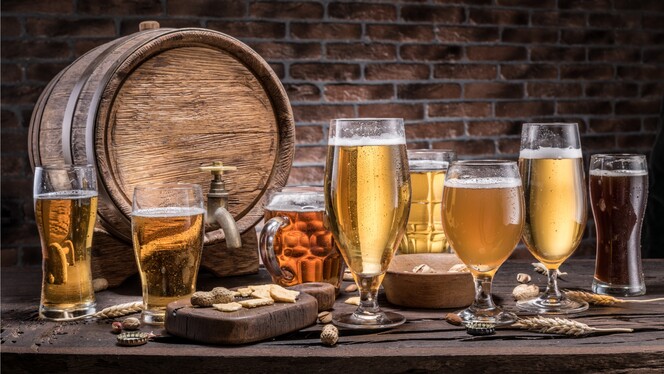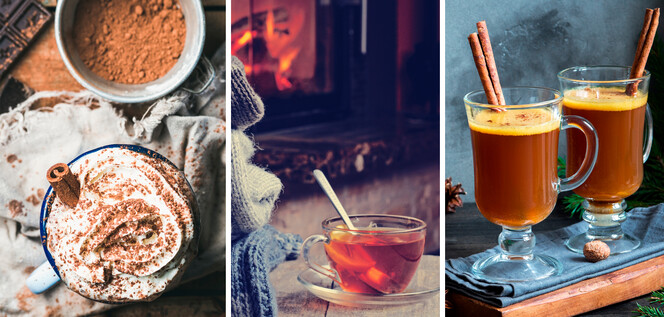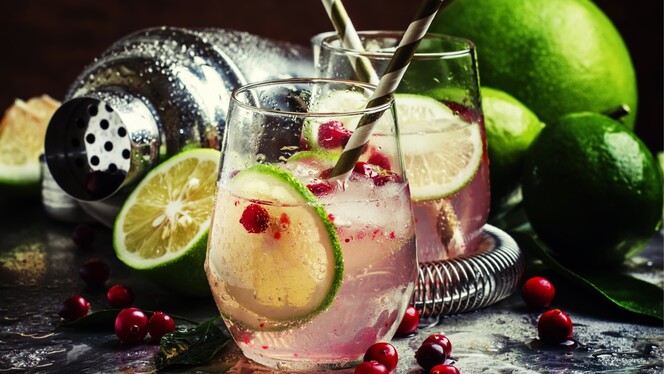
Wine guide
Haven't you ever found the right wine? Do you want to try something new, but are not sure where to start? Read about how to find the perfect wine here.




Profile
Favorites




Profile
Favorites
Do you need some makeup inspiration ? Perhaps a guide to what types of wine go well with duck breast? You'll find great tips on sunscreen and SPF ratings, tips for finding the perfect gift, face masks or influencers' favourite products. You'll also find interesting articles that help educate you about wine grapes and wines that pair well with different food. In addition, you'll also find articles about different types of beer like stout, porter and dubbel. You might want to learn a little about different types of cocktails like Collins, Sparkling cocktails or hot drinks. Or dream yourself away into the cakes made from sweets from the Tax Free shop.

66 articles

Which beer is right for you depends on your preferences for colour, body, flavour, bitterness, freshness, and sweetness. Read on to find the perfect beer. Colour One of the first things many people consider is what colour they want their beer to be. And that

The wine which is right for you ultimately depends on your personal preferences in terms of sweetness, acidity, tannins, body and intensity. Sweetness and acidityMany people think they like dry wines, however, it is usually the refreshing taste of the acidity they enjoy. High acidity



BIOTHERM'S COMMITMENT TO SUSTAINABILITY AND THE ENVIRONMENTSince its creation, Biotherm has been committed to Blue Beauty and defends a holistic vision of beauty: taking care of your skin by taking care of the planet and its blue lung, the Ocean. Blue Beauty is a



Sunbathing without sunscreen can cause permanent sun damage, sunburn, allergies, pigmentation changes and, in the worst case, increase the risk of skin cancer. The sun protection factor (SPF) allows you to stay out in the sun longer than you could without protection on your skin

Gin has definitely left behind the days when it was considered merely a juniper-flavoured spirit. The selection of both foreign and Norwegian gins has exploded, including in duty-free shops at Norwegian airports. Now you can explore an almost endless range of complex, exciting